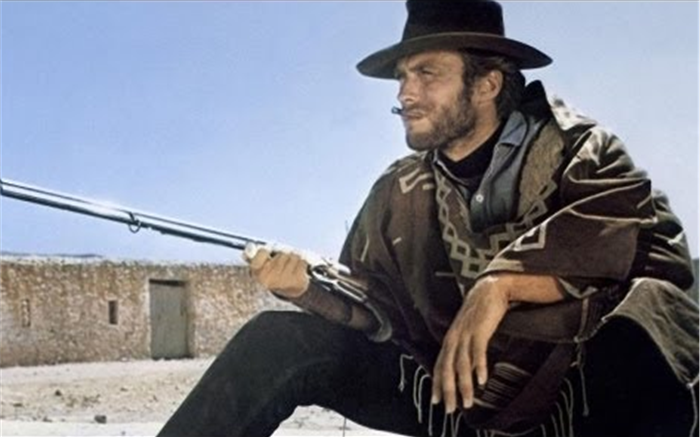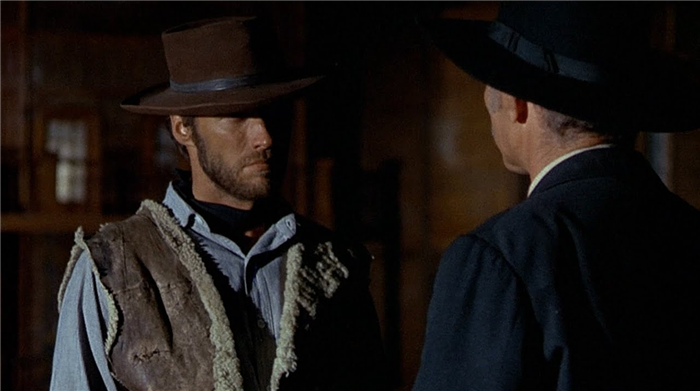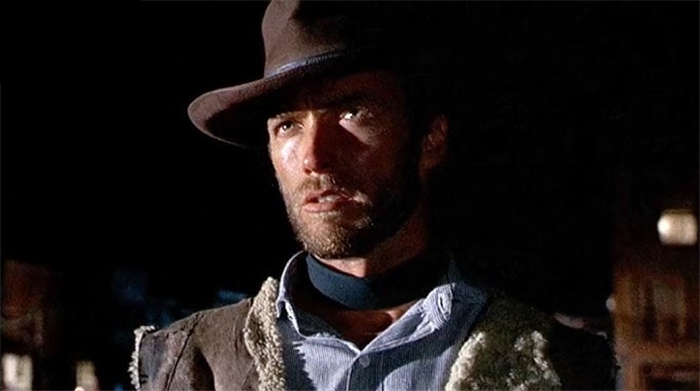In the cinematic landscape, few entrances are as iconic and memorable as Clint Eastwood’s in “For a Few Dollars More.” The 1965 spaghetti western directed by Sergio Leone marked the second installment in the famed “Dollars Trilogy,” and Eastwood’s arrival on screen set the tone for the gritty, tension-filled narrative that would unfold.
The film opens with a panoramic view of a desolate desert landscape, accompanied by Ennio Morricone’s haunting musical score. The silence is abruptly shattered by the distant jingle of spurs, signaling the approach of a lone figure on horseback. As the camera zooms in, the audience is introduced to the enigmatic and stoic Man with No Name, portrayed by Clint Eastwood.

Eastwood’s entrance is a masterclass in cinematic coolness. Dressed in a weathered poncho, a wide-brimmed hat casting a shadow over his squinted eyes, and a cheroot dangling from his lips, Eastwood epitomizes the archetypal antihero. The slow, deliberate pace of his horse accentuates the tension, creating an atmosphere charged with anticipation.
The brilliance of Eastwood’s entrance lies not just in the visual composition but in the subtleties of his demeanor. His steely gaze and the confident twirl of his revolver convey a character who operates by his own rules, a gunslinger with a mysterious past and an agenda known only to himself.

The impact of Clint Eastwood’s entrance in “For a Few Dollars More” extends beyond the confines of the film itself. It became a defining moment in the spaghetti western genre, influencing a generation of filmmakers and cementing Eastwood’s status as an iconic figure in cinema.
The Man with No Name’s arrival is a testament to the power of visual storytelling, where a simple, calculated entrance can leave an indelible mark on the collective memory of film enthusiasts, making “For a Few Dollars More” a timeless classic.

Leave a Reply